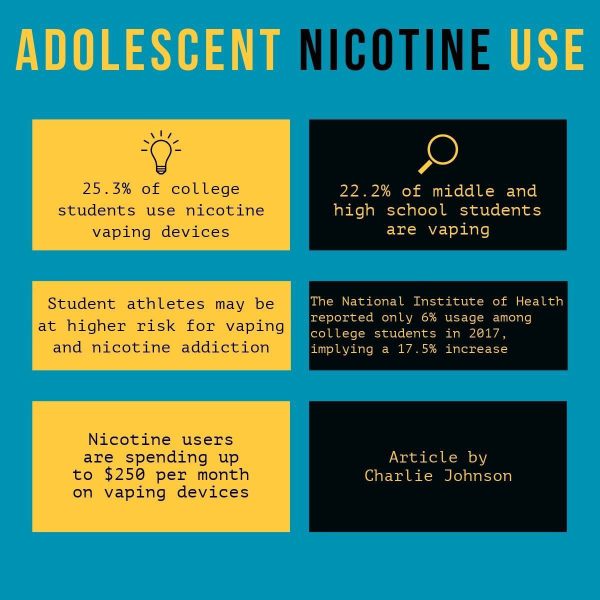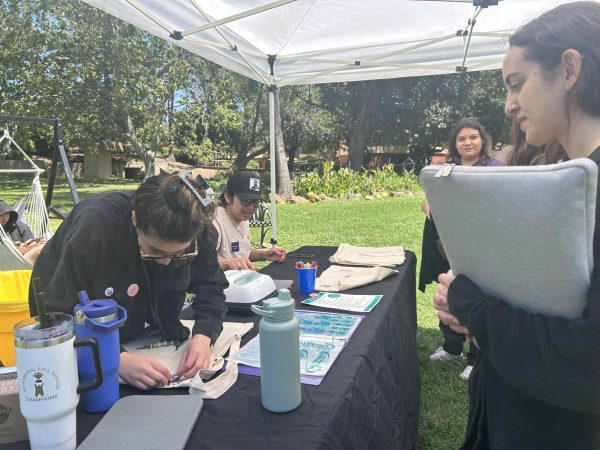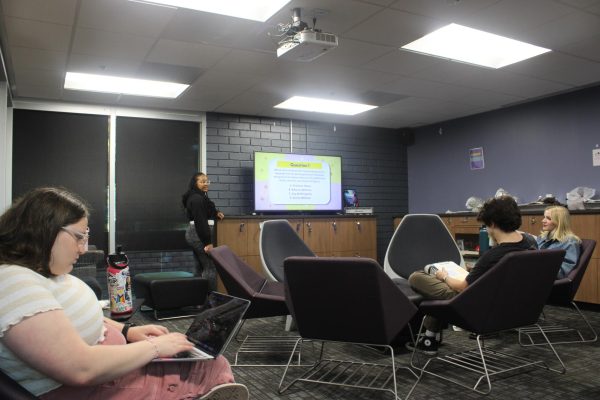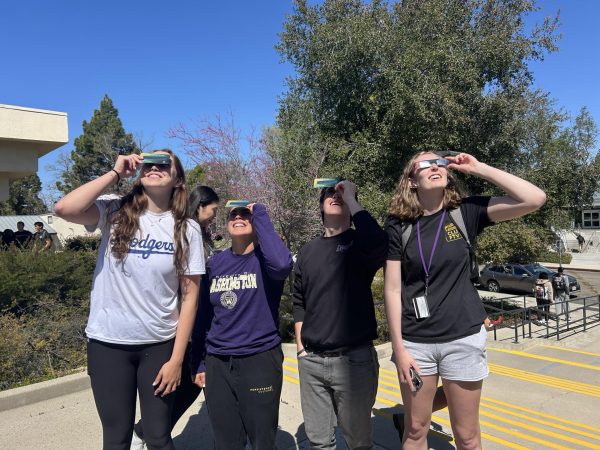New Faculty Governance System at Cal Lutheran
September 17, 2019
Professors at California Lutheran University will see changes this year as the last stages of their new faculty governance system are finalized. The current system has been in place since Cal Lutheran opened in 1961.
The town-hall style faculty meetings will continue to take place until the new system takes effect in spring semester. These meetings consist of staff members gathering in a room on campus and discussing policies and issues.
This is a system that worked for the school when it first started out as a small university with only a fraction of the current staff size, but now that the university has changed and grown, this system is no longer working for faculty.
“We’ve been growing in size and complexity as a university. Our current faculty governance system worked when Cal Lutheran was much smaller, but it has become too cumbersome to enact changes and to address the needs of the faculty,” Provost and Vice President of Academic Affairs Leanne Neilson said in an email interview.
Neilson was a spearhead for what would later become the Faculty Executive Governance Committee.
“I think one way this will benefit students is by freeing up their professor’s time,” said Communication Associate Professor Aaron Heresco, who is a member of the Faculty Executive Governance Committee.
Not only will it free up time for professors, but it will also help smooth the process of deciding major policy changes. Before, faculty had a difficult time reaching their quorum, or the minimum number of people in attendance to be able to vote on policy changes. Once the senate is in effect, faculty can simply express their opinions to their elected officials, and these members can meet and vote on the issues at hand.
“The feedback has always been, from the time we started, generally supportive and positive,” Heresco said.
The consensus among other faculty is in favor of the transition to this more structured system. Currently, all faculty gathers to the best of their ability once a month to vote on issues. These meetings take valuable hours away from professors, many of whom would prefer to be spending that time outside of campus affairs.
The new system will attempt to give those who are passionate about governance a chance to pursue that passion and step forward into senate positions.
The new governance will consist of 15 senators who will be chosen before January based on the sizes of the different colleges within Cal Lutheran.
For example, the College of Arts and Sciences will be allowed four senators, due to it being the largest college, while the School of Management will only be allotted two senate seats, according to the Faculty Governance Handbook. Adjunct professors will also be awarded a faculty senate member on the council, according to the handbook.
“We really tried to protect some of the underrepresented voices,” said Associate Professor of Communication, Dru Pagliassotti, who also served on the Faculty Executive Governance Committee.
After years of meetings and decision making, the members of the committee are more than relieved to see their hard work paying off.
“This is probably the most monumental change ever made by the faculty in the history of Cal Lutheran. I am extremely proud of the faculty for the work they’ve done to put this new governance system into practice. It took teamwork, trust and an enormous amount of time to get to where we are,” Neilson said.
Other members of the committee are excited to see this work complete as well. “When this takes effect in January 2020, I’m taking a sabbatical” Pagliassotti said jokingly.










